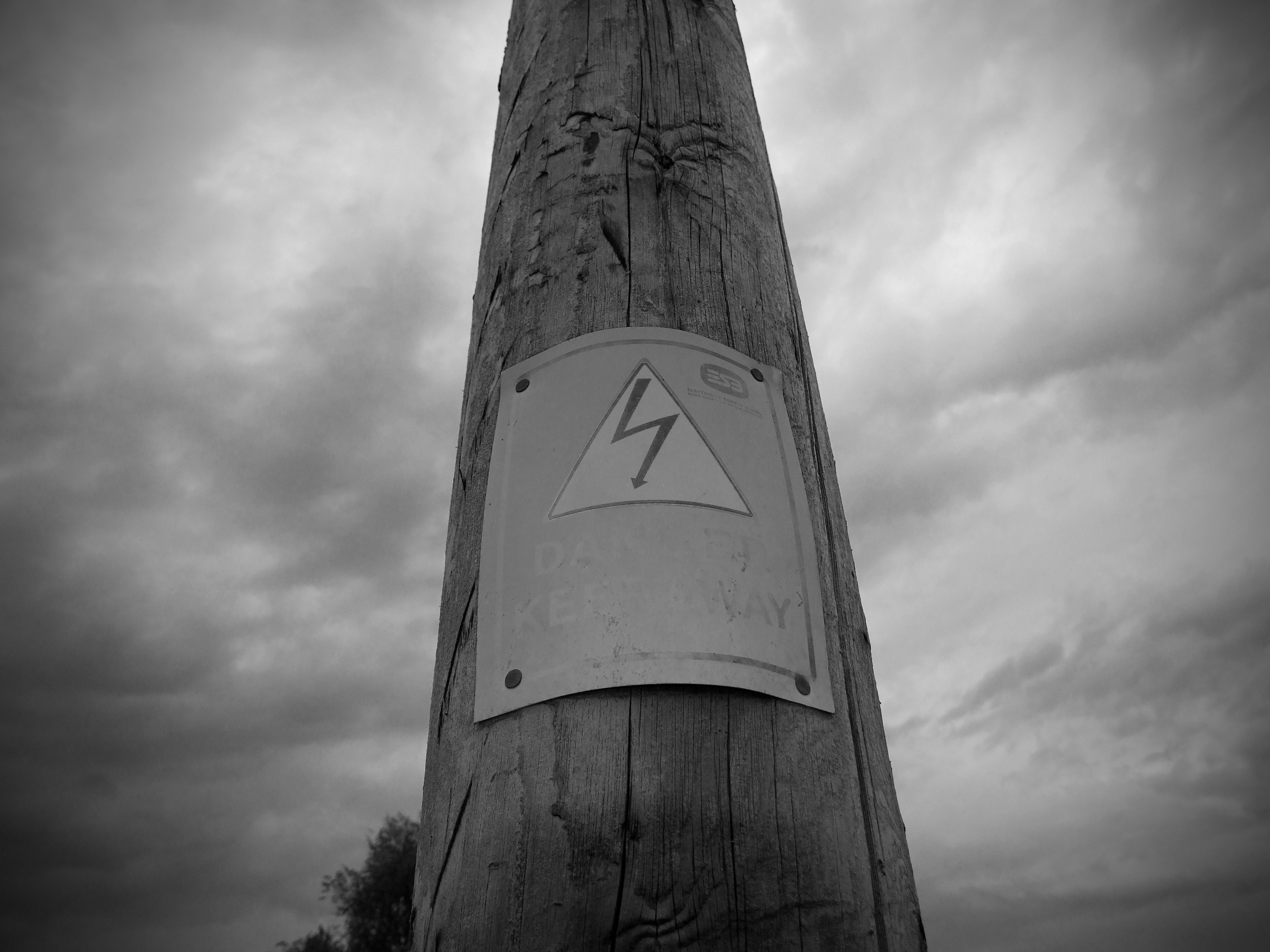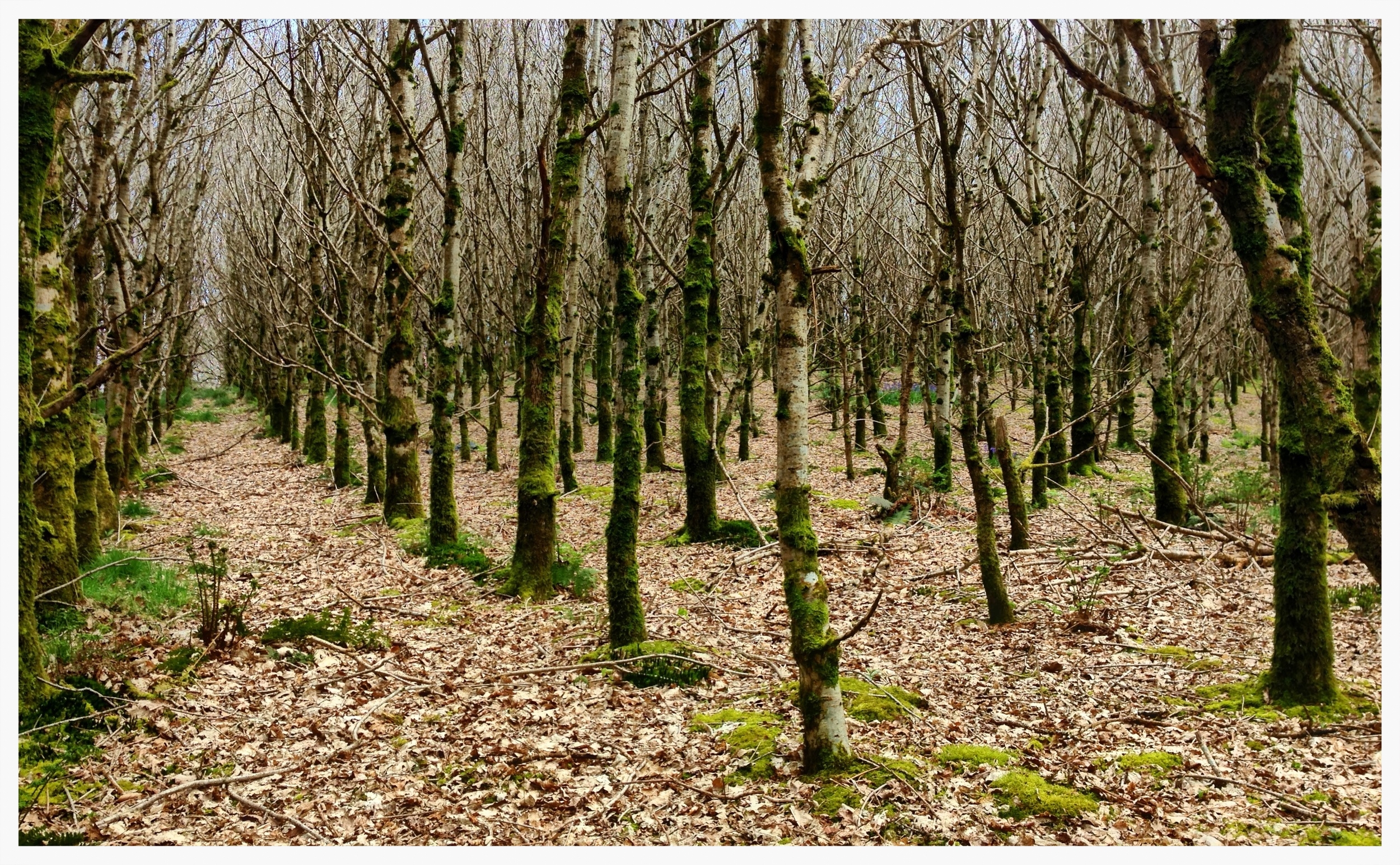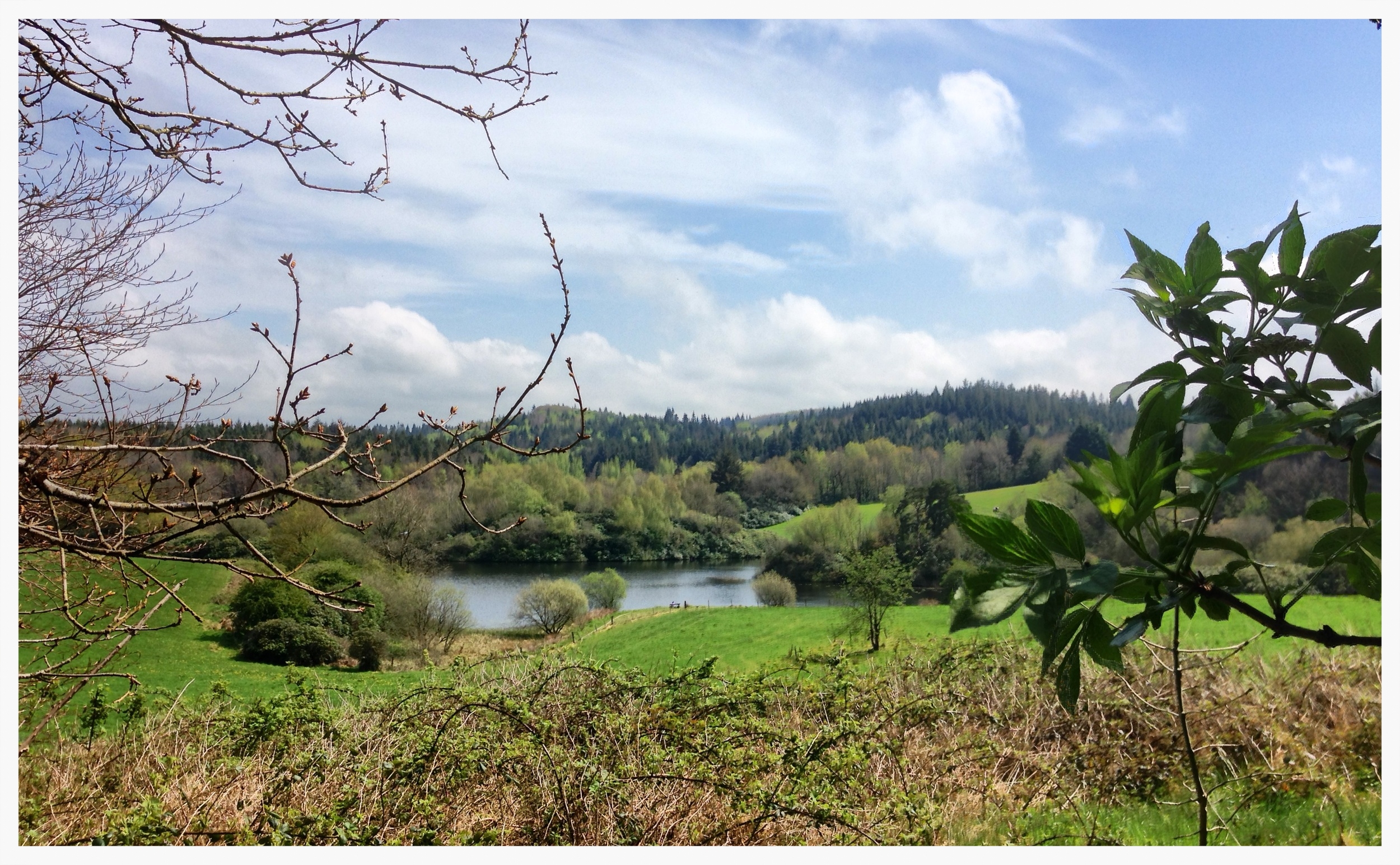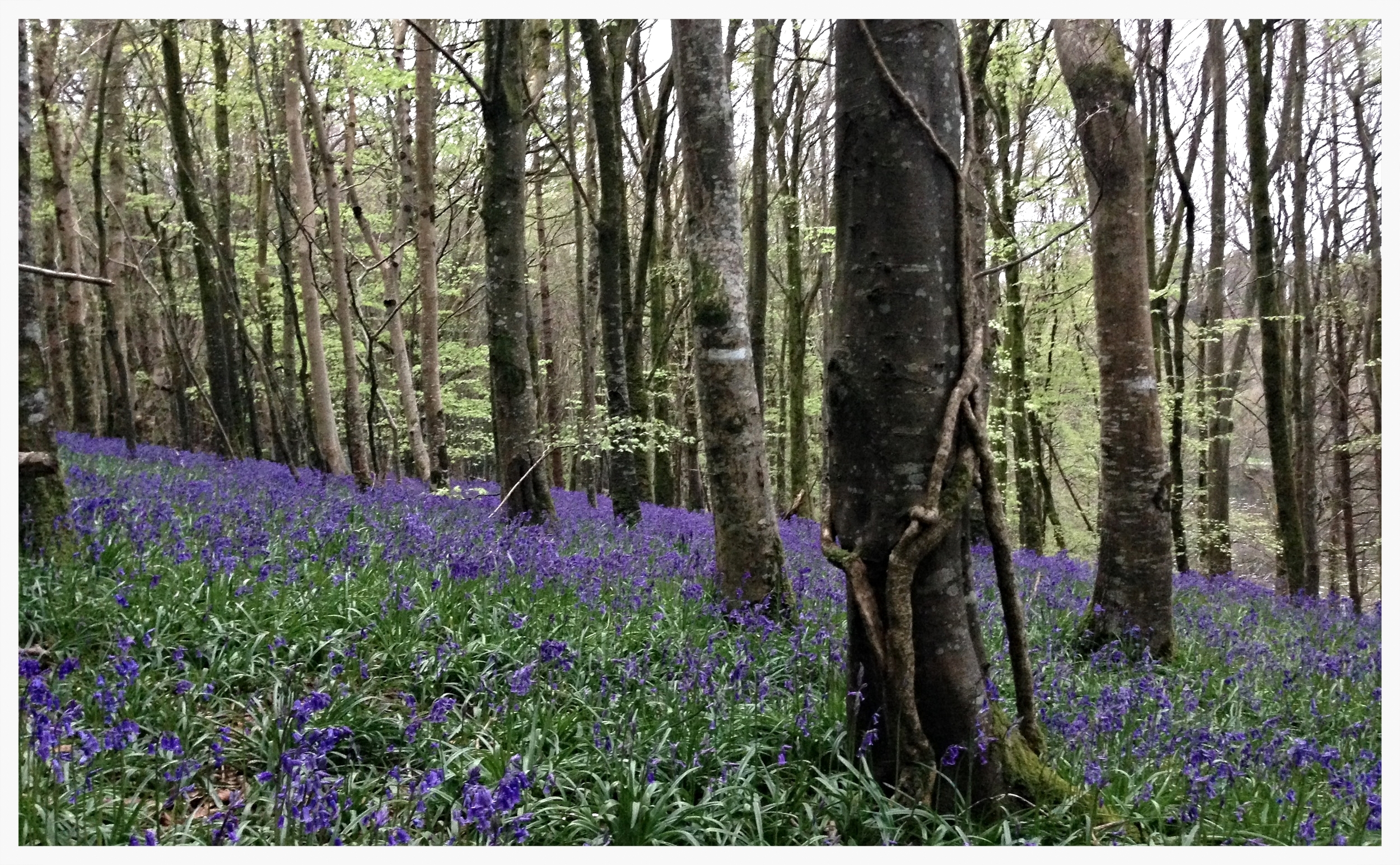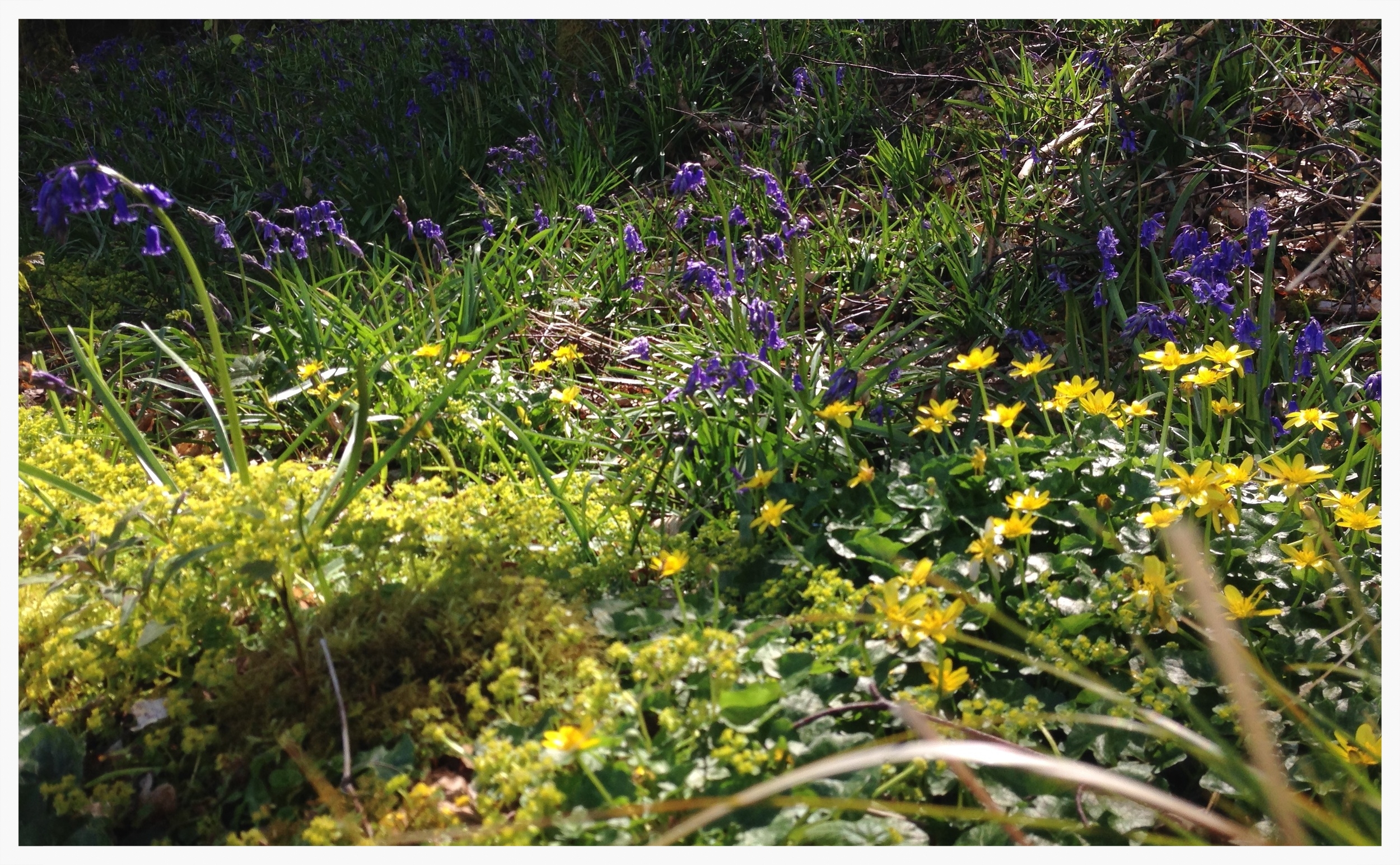A sound installation, Voices of Memory, by the esteemed composer Christina Kubisch is currently at the Irish National War Memorial Gardens. Sound installations being relatively rare in Dublin, I hopped on a bike and made my way for a listen on a drizzly afternoon.
Walking the bare path along the riverside, you see a lone caber on the bank, and begin to hear the rote murmur of names being read aloud. The sound of water fills the background as it rushes through the sluice on the Liffey north bank. Water fowl croak intermittently.
"Richard James, Richard James, Richard James...."
For a moment I'm disheartened and think the installation is malfunctioning and is stuck on the one name. But, as it chants the next name after several repetitions of Richard James, I realise that that many men with the same name were killed on the battlefield. The installation sign informs that 49'000 Irishmen were killed in World War One. Another loop of a name repeats. Each recitation has been recorded individually though, by an individual, for an individual.
The names are read alphabetically, with the sound of hydrophonic river recordings dividing the letters. Being situated beside the river, flow and time become important themes to the piece. The names flow by, sometimes slow and monotonous, but sometimes eddying and running into one another creating a wash of sound. These names have been fished out from time, to live momentarily in the ears of listeners as they pass by, sometimes with the river and sometimes against it. I left feeling that a rainy day was perhaps the best weather to find this piece in.
As I turned to leave, I noticed the heron standing on the far bank.
Voices of Memory is running until 30th September, 2016 at the Irish National War Memorial Gardens.



